“仁”的规范性内涵及其论证方式的近代转换——谭嗣同仁学思想研究
硕士学位论文I摘要谭嗣同的仁学思想对于中国传统儒家哲学的仁学思想既有继承又有发展,是我们分析中国传统哲学的近现代转化的一个很好的标本。本文要做的工作就是以“仁”的规范性内涵及其论证为线索和视角考察谭嗣同仁学思想对于传统仁学思想所实现的这种转化的具体内容及其意义。首先,本文简要考察了从孔孟为代表的原始儒学到宋明新儒学的仁学历史发展。孔子创立仁学,以“忠恕”和“中庸”规定和揭示了“仁者爱人”的“仁”的规范性内涵,并已蕴含了一种平等的价值要求。孔子还初步提出自我实现的理论来说明这种“仁”的规范性理解依据。孟子继承孔子的问题,就人为什么应该自我实现和如何自我实现问题提出了“性”、“天”范畴,来进一步说...
相关推荐
-
10KV电网D-SCADA 系统信息采集与故障诊断研究与设计VIP免费

 2024-10-14 26
2024-10-14 26 -
方形吸顶散流器平送风等温射流特性研究VIP免费
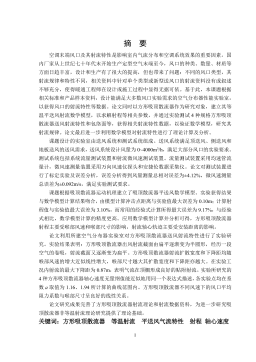
 2025-01-09 7
2025-01-09 7 -
关于充液声导波传感器中频散兰姆波的研究VIP免费
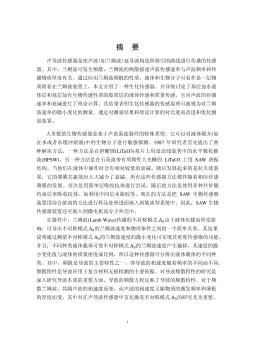
 2025-01-09 10
2025-01-09 10 -
结合梁斜拉桥施工过程中考虑剪力滞影响的分析方法VIP免费

 2025-01-09 6
2025-01-09 6 -
空调房间热舒适性的数值模拟与实验研究VIP免费

 2025-01-09 7
2025-01-09 7 -
汽车前轮线控转向系统研究VIP免费

 2025-01-09 8
2025-01-09 8 -
输入分配型混合动力车辆动力系统控制策略研究VIP免费
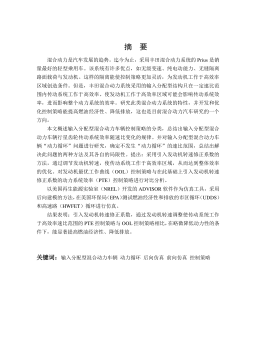
 2025-01-09 7
2025-01-09 7 -
双馈风力发电系统的柔性并网控制研VIP免费
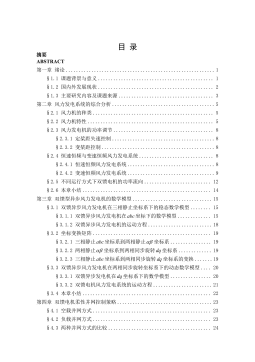
 2025-01-09 10
2025-01-09 10 -
污水处理厂污泥好氧堆肥发酵技术的试验研究VIP免费
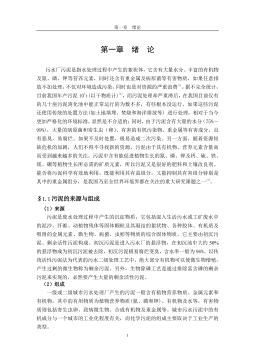
 2025-01-09 7
2025-01-09 7 -
应用风室试验装置的风机性能VIP免费
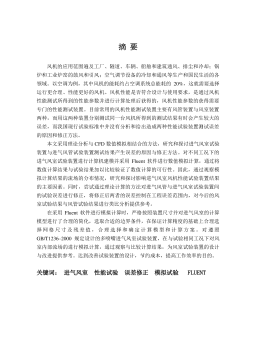
 2025-01-09 8
2025-01-09 8
相关内容
-

汽车前轮线控转向系统研究
分类:高等教育资料
时间:2025-01-09
标签:无
格式:PDF
价格:15 积分
-

输入分配型混合动力车辆动力系统控制策略研究
分类:高等教育资料
时间:2025-01-09
标签:无
格式:PDF
价格:15 积分
-

双馈风力发电系统的柔性并网控制研
分类:高等教育资料
时间:2025-01-09
标签:无
格式:PDF
价格:15 积分
-

污水处理厂污泥好氧堆肥发酵技术的试验研究
分类:高等教育资料
时间:2025-01-09
标签:无
格式:PDF
价格:15 积分
-

应用风室试验装置的风机性能
分类:高等教育资料
时间:2025-01-09
标签:无
格式:PDF
价格:15 积分






